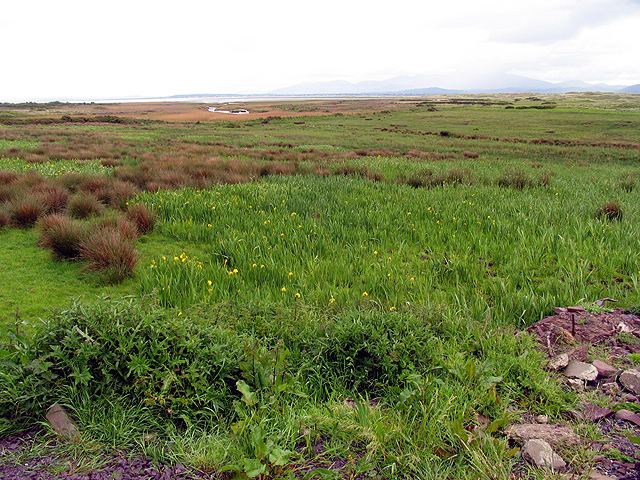Phone +44 1728 648780 | ||
 | ||
Similar | ||
Good rspb dingle marshes dunwich beach info 17aug16 515p
Dingle Marshes is a wildlife reserve on the North Sea coast of the English county of Suffolk. The reserve is located between Dunwich and Walberswick, approximately 4 miles (6.4 km) south-west of Southwold. The marshes make up part of the Suffolk Coast National Nature Reserve along with reserves at Walberswick and Hen Reedbeds. They are owned jointly by the RSPB and Suffolk Wildlife Trust and are managed by these two organisations and Natural England.
Contents
- Good rspb dingle marshes dunwich beach info 17aug16 515p
- Good kestrel at rspb dingle marshes dunwich beach 17aug16 531p
- Landscape
- Habitat
- Flooding
- Facilities
- References
The reserve covers 93 hectares (230 acres), is within the Minsmere-Walberswick Heaths and Marshes Site of Special Scientific Interest and is a Natura 2000 site. It is an internationally important site for the starlet sea anemone as well as a key site for bitterns and marsh harriers within the UK. It was purchased in 1999 at a cost of £1 million, aided by a grant from the Heritage Lottery Fund of £559,000.
Good kestrel at rspb dingle marshes dunwich beach 17aug16 531p
Landscape
The marshes form part of the open coastal fen landscape type within Suffolk which is predominantly open with few trees. They were drained for use as cattle grazing at some point before 1587 but have reverted to fen land after mid-20th century reflooding.
Habitat
The marshes include a mixture of coastal and freshwater wetland habitats, including brackish pools. These provide breeding habitats for birds such as bitterns, marsh harriers and bearded tits as well as mammals such as otters and water vole and over-wintering locations for species such as avocets, white-fronted geese, lapwings and redshanks. The site is an internationally important habitat of the starlet sea anemone, the rarest sea anemone in Britain. The reserve is bordered by heathland and forest on the landward side and includes a vegetated shingle bank on the seaward side. Little terns often nest along the bank.
Flooding
Coastal flooding has affected the marshes in recent years, including in 2003, 2006 and 2007. The shingle bank was breached in 2006 and 2007 leading to concerns that vulnerable freshwater habitats could be lost, including the breeding grounds of species such as bitterns. Emergency flood defence works were carried out by the Environment Agency following the 2006 breach, and these were extended in 2012 to provide additional flood defences for the reserve.
Facilities
The reserve is accessed from the south at Dunwich beach where a car park and other facilities are maintained by Suffolk Coastal District Council. A circular walk is waymarked around the marshes. The RSPB maintains a hide overlooking the marsh.
